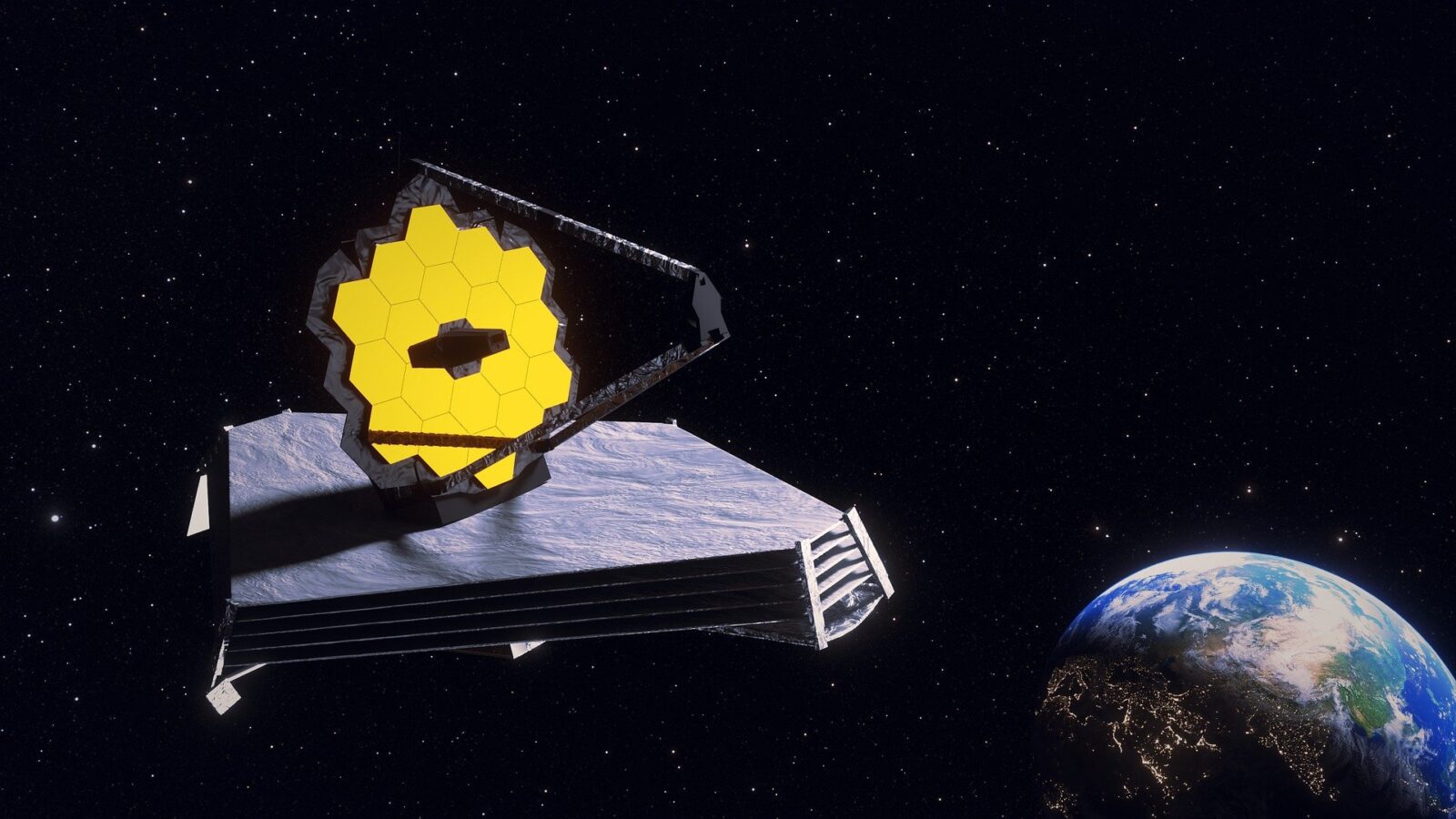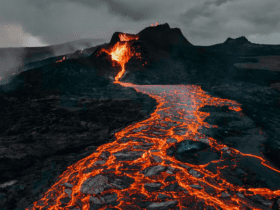The James Webb Space Telescope (JWST) of NASA has been pretty busy lately, as it presented the first full-color images of the Universe last month. But once again, the scientists in charge of JWST are up for great achievements!
According to space.com, James Webb took a peek at Earendel (aka WHL0137-LS), the most distant star in the Universe that astronomers know about. What’s weird is that the star was announced by scientists in charge of the Hubble Space Telescope a few months ago. James Webb is now completing Hubble’s work.
We’re excited to share the first JWST image of Earendel, the most distant star known in our universe, lensed and magnified by a massive galaxy cluster. It was observed Saturday by JWST program 2282. pic.twitter.com/YoZZKRsdzf
— Cosmic Spring JWST (@CosmicSprngJWST) August 2, 2022
The Earendel star is located 12.9 billion light-years away from Earth and in the constellation of Cetus. This means that the star, if it still exists out there today, is almost as old as the Universe itself. Most astronomers agree that our Cosmos was born along with the Big Bang event, although nobody knows what existed before the ‘bang’ itself.
However, the English theoretical physicist Stephen Hawking had an interesting theory. He believed that nothing existed before the Big Bang because there wasn’t any time available for anything to possibly exist. Time itself was created along with the Big Bang. Therefore, it’s nonsense to ask what existed before the Big Bang.
The Space Telescope Institute in Maryland released the following statements, as space.com quotes:
JWST was designed to study the first stars. Until recently, we assumed that meant populations of stars within the first galaxies,
But in the past three years, three individual strongly lensed stars have been discovered. This offers a new hope of directly observing individual stars at cosmological distances with JWST.
Gravitational lensing was used in a deep field image of the Hubble telescope.
The James Webb Telescope was launched by NASA last year on Christmas after many delays, and it’s considered the successor of the Hubble telescope.












Leave a Reply